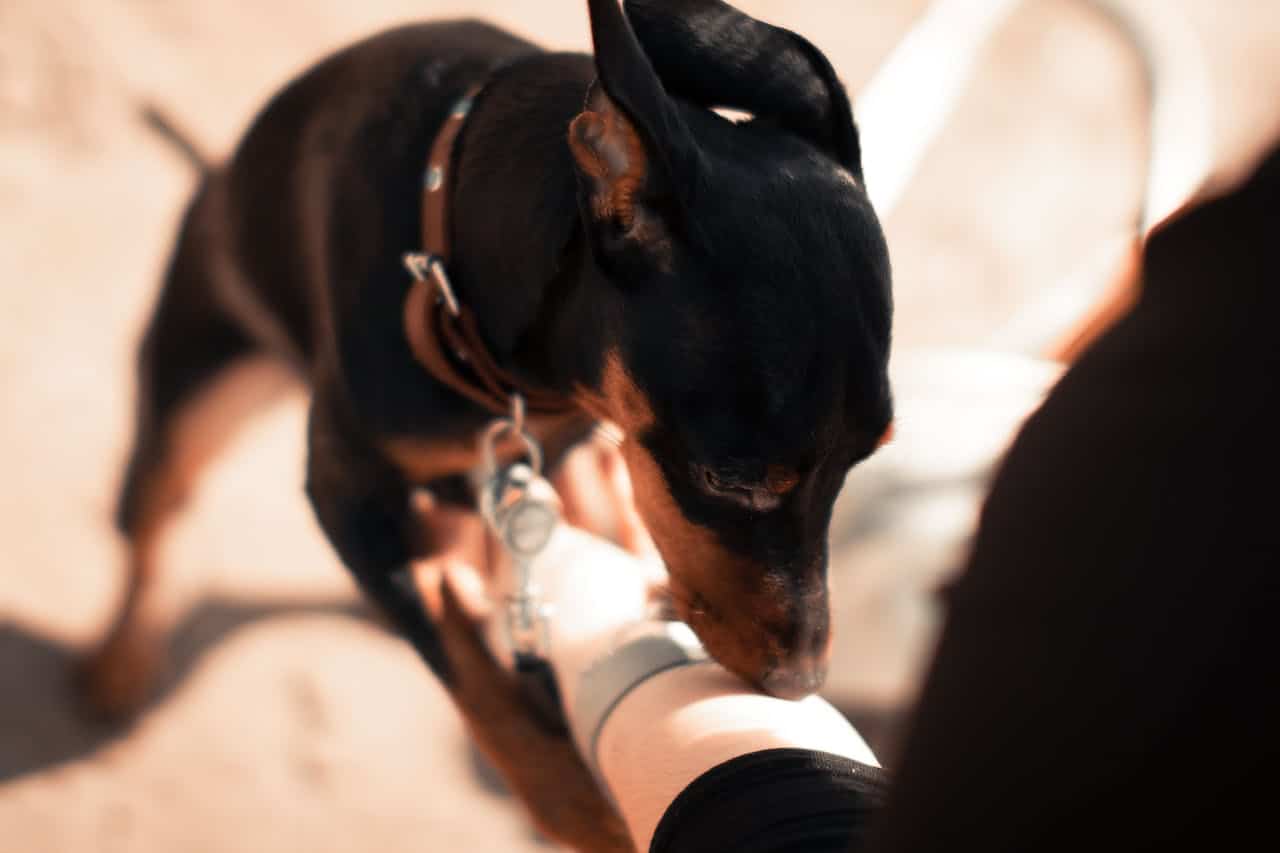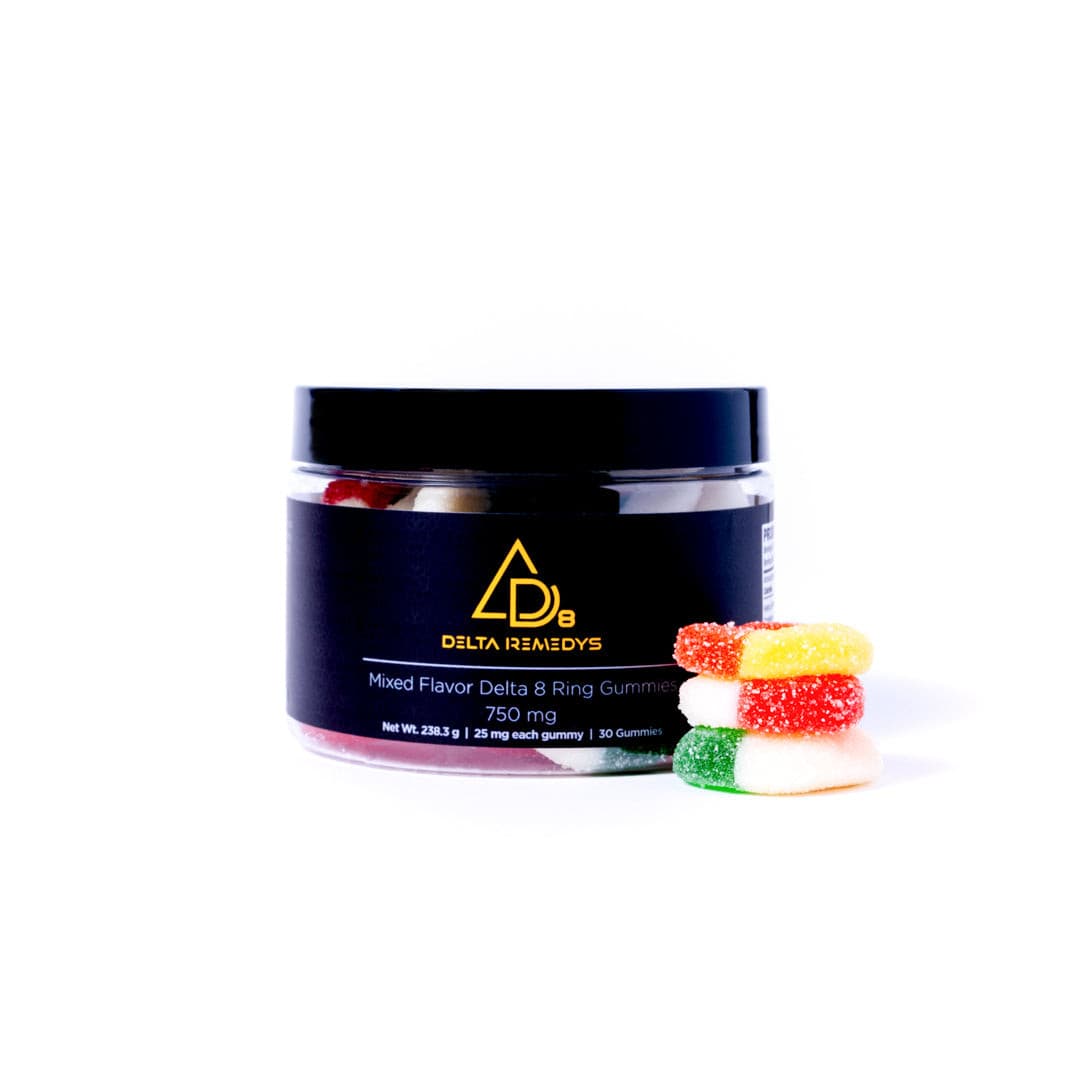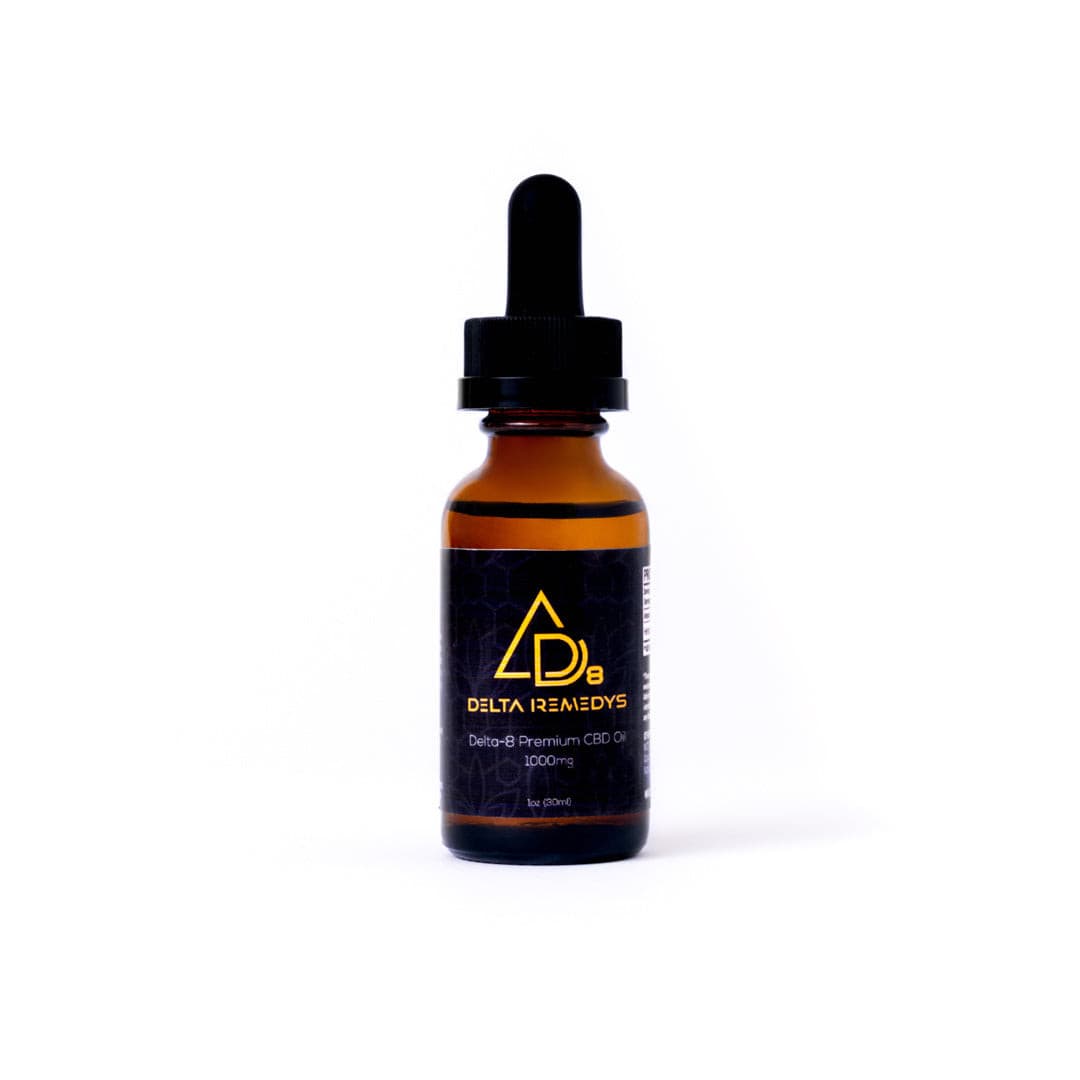Law enforcement officers and their canine companions, also known as drug detection dogs, have been responsible for detecting harmful items containing THC for a long time. They are regarded as one of the best sources of exposure when it comes to the lethality of the cannabis plant and its adverse effects in high doses.
But as cannabis edibles and their legal status have grown in popularity, questions about police dogs’ ability and limit to recognize the odor of legal marijuana have arisen under the plain smell doctrine session.
A dog trained to sniff out THC products and other illicit substances (such as some potent scent of drugs) may be able to pick up on the scent of Delta-8 THC as well, given its resemblance to the more restricted Delta-9 THC. Sometimes, even plain smell doctrine can detect the substance, but the chances are very low.
The dogs can sometimes miss the shot when you carry the legal stuff smartly and mask the source of exposure, but they are usually well-trained even to detect accidental exposures during plain smell doctrine.
In this post, we will discuss the fundamentals of drug detection training for dogs used by police officers, as well as the boundaries of their capabilities when it comes to edible cannabis plant products, where they work, and how to keep drug dogs from sniffing your favorite legal THC products!
Let’s get into this!
Police Dog Drug Detection Training
Dogs trained to detect drugs and illegal marijuana products (that can cause cannabis intoxication in high doses) by their sense of smell are called K-9 units that are part of Police K-9 magazine. They are commonly known as police dogs used by high-end law enforcement agencies and police departments.
They assist them during plain smell doctrine for better detection in the case of negative potential cannabis synergy. These individuals have been well-trained to recognize distinctive odors that are connected with various narcotics, including Cannabis sativa or other legal marijuana products.
Several different medications are presented to the drug-sniffing dogs during the training phase, and they are instructed to identify the distinct odors linked with each drug. It is ensured that they do not provide false negative results after sniffing for an illegal ounce of marijuana or detect false effects of cannabis in a product.
Particularly, they are trained to detect terpenes like caryophyllene oxide and beta-caryophyllene. These two terpenes are actually the by-product of the method through which cannabis is dried and play a vital role in the Phytocannabinoid-Terpenoid entourage effect. They are also found in the cannabis plant and help in lowering blood pressure without causing lethality regarding the effects of cannabis.
Once trained, these drug-sniffing dogs can detect drugs and illegal marijuana in various scenarios, including border crossings, airports, and traffic stops, among other places. The user might feel uncomfortable with their expectations of privacy as these dogs can cause embarrassing moments at these places. They can detect the distinctive odor of Narcotics, marijuana, and other drugs.
As far as their detection training is concerned, these dogs can only sniff and detect terpenes like caryophyllene oxide; the good news is that it is not an illegal drug as per the defense attorney. They cannot detect the presence of drugs by analyzing symptoms like urinary incontinence or lethargy, along with other signs of cannabis toxicosis.
Only expert witness or professional drug detectors can grab these symptoms, such as urinary incontinence, and relate them to illegal marijuana overdose or THC overdose, which is the main source of cannabis toxicosis.
=== split content ===
Why is Training Important?
It is important to train these dogs and to let them assist police K-9 magazine as an expert witness. This is because the increasing number of annual cannabis toxicosis cases is an alarming situation as per the defense attorney. Many beginners are unaware of the signs of cannabis toxicosis and end up being victims of the lethality of cannabis.
To decrease the annual cannabis toxicosis cases and keep the legalization of cannabis use positive, these trained dogs are used under the supervision of police k-9 magazine. Although they are not capable of detecting the source of cannabis toxicosis or signs of cannabis toxicosis, their early detection of illegal marijuana can stop this from happening in the first place.
Annual cannabis toxicosis cases are a serious threat to the states. Two competing theories attempt to explain cannabis’s link to other addictive substances so it is of no use if you have any expectation of privacy when traveling with these substances as a young individual.
Adolescent and young adult drug usage typically escalates, according to the “gateway” theory of addiction by the defense attorney. A person’s drug use will escalate from legal substances like alcohol and cigarettes to illegal ones like marijuana if this idea is to be believed as per the previous studies done on medicinal cannabis users by the Journal of Psychoactive Drugs.
With this in mind, the effort to stop drug abuse and keep the young generation away from such hobbies (without considering their expectations of privacy in such a situation) ended up in training drug dogs for improved plain smell doctrine.
How and Where Do Drug Dogs Perform?
Thankfully, the domestic terminals of the majority of American airports do not utilize drug dogs to detect illicit drugs with their acute sense of smell. Your expectation of privacy might not get hurt here!
Reliable sources state that the passenger-facing side of US airports no longer uses “drug sniffer dogs”—if they ever did. The major credit goes to the legalization of THC products and the legalization of cannabis use in many states due to the increasing number of medicinal cannabis users.
The widespread fear felt by medicinal cannabis users has developed into the widespread belief that airport sniffer dogs are specifically trained to identify narcotics. Sniffer dogs at airports seemingly only serve to detect explosives, while narcotics dogs do have a place in law enforcement due to their highly positive alert for narcotics, ruining the expectations of privacy in guilty individuals.
A drug-sniffing dog in the hands of law enforcement officers at the airport probably wouldn’t react, even if it could detect the distinctive odor of the vape cart in your carry-on luggage or some illegal marijuana packed tightly.
Furthermore, when was the most recent occasion you encountered a sniffer dog concerning domestic travel after the legalization of cannabis use or smoking cannabis? They are commonly utilized in customs procedures for foreign arrivals and departures to pick up the distinct odor of narcotics and serious drug dealing, including illegal marijuana plants or products causing lethality of cannabis according to the Journal of Psychoactive Drugs.
So, if you pack everything right, show no signs of cannabis toxicosis, or subjective effects of marijuana plants, and not using anything that can cause the lethality of cannabis, no need to worry about getting in trouble!
Tips to Carry THC Products without Any Trouble
If you want to stay out of trouble as a medicinal cannabis user and not contribute to the annual cannabis toxicosis cases, try following these four simple tips to make sure no drug-sniffing police dogs are attracted to your luggage in search of marijuana plant residue:
Seal it in a Container
A few THC products, like vape cartridges for smoking cannabis, are packaged in sealed cylindrical cylinders. They are typically constructed of see-through plastic to prevent any risky subjective effects. If you can recall, keep any of these you find because they are extremely useful for traveling and keeping the residual odors trapped.
Placing a vaporizer inside a sealed container is one of the greatest ways to lessen its odor, alone or in conjunction with covering the tips. Sealing your vape and putting it in an airtight container reduces the probability that someone will sniff out your stash or confuse it with the typical odor of narcotics of marijuana plants.
You can also put your THC products in vacuum-sealed bags that are basically odor-proof bags that come with the ability to trap the aroma within. In this way, smoking cannabis for the best subjective effects won’t cause you trouble!
Keep it with Different Things
The aroma of THC products will be less effective at dispersing if it is too compressed among other items in your luggage. Even while there’s no better way to prevent off-putting odors from escaping your products than to cap and seal the product in a container or odor-proof bags, you can take further precautions by placing your gummy jar inside a sock.
This will also make sure that your pet, if you have one, does not sniff or try to poke in the container. It keeps your pets safe and away from any unforeseen danger. This is also important because if you own a dog, cannabis in dogs can be a life-threatening situation.
So, it is important to ensure it is out of pets’ reach and packed in odor-proof bags. It’s not just the drug dogs you are trying to keep away from your special products, your pets fall in the same category!
Avoid Hitting
The aroma is amplified when you hit any THC product, like vapes. This is because, in addition to the naturally occurring vaporization of the concentrate, the residual concentrate is heated to an extent that enhances its aromatic qualities. As an additional measure to lessen the aroma’s impact, you should refrain from hitting your product, even if you have a good amount of time before entering a drug dog zone.
You can fill odor-proof bags with silicon balls or thermopiles and place the product inside to avoid hitting and getting caught even if you are a medicinal cannabis user. It will also ensure the product is kept away from the dogs’ acute sense of smell, which can cause false alert for narcotics.
Make Sure to Cap the End
Tiny silicone caps covering the ends of most THC products will help you prevent positive alerts from police dogs. For example, the most critical part of a vape cart is the mouthpiece cap, but a silicone threading cap will provide complete airtightness, blocking the source of exposure.
Even after taking this precaution, there will still be a noticeable resin odor outside the product pack or the odor-proof bag that can give a positive alert for narcotics. However, it will significantly lessen the stench caused by blocking airflow over its interior.
Challenges that Police Dogs Face in Identifying THC Products
Although police canines are extensively trained to identify cannabis, they may not be able to pick up edible forms of the plant used by medicinal cannabis patients. The reason behind this is that compared to smoked or raw cannabis, edibles do not have a very strong smell and subjective effects. Also, they are not capable of becoming the source of cannabis toxicosis, according to previous studies by the Journal of Psychoactive Drugs.
On top of that, edibles typically include THC, the main element, with additional substances that can cover up its scent.
The Journal of Analytical Toxicology reported a study that found police canines to be less effective at detecting edible cannabis compared to other types of cannabis (such as smoking cannabis products).
Dogs’ ability to identify edibles containing trace amounts of THC declined with decreasing concentrations. Also, the previous studies by the Journal of Psychoactive Drugs indicated that edibles flavored with chocolate or other substances were less likely to be detected.
So, if you are traveling with cannabis brownies or THC cookies as a medicinal cannabis patient, the chances are very low that a drug dog will poke into your luggage.
Consequences for Policing Canines and Their Owners – The Real Challenge with Legal Cannabis
Several people are worried about the future of drug-detecting police canines and plain smell doctrine in light of cannabis’s legalization. For a long time, these trained German Shepherds have been a vital resource for the police in their fight against drug crime and increasing annual cannabis toxicosis cases. They play an important role in minimizing the adverse effects of drugs on young society.
It is necessary to reevaluate its function, though, since marijuana is now legal in several states and even on a federal level in a few nations. One difficulty is teaching these German Shepherd dogs to recognize different types of cannabis in dogs and humans.
Marijuana extracts, edibles, and CBD products infused with other substances are becoming increasingly popular as the usage and possession of medicinal marijuana are legalized in more states. According to previous studies, their psychoactive effects are becoming more beneficial in ideal dosages.
Is it possible for drug dogs to tell the difference between legal hemp, cannabis sativa, and illicit marijuana? Due to this ambiguity, they have a harder time giving precise directions during searches of vacuum-sealed bags and sealed containers while working with plain smell doctrine.
Since the mere presence of cannabis odor does not constitute adequate probable cause for a search, courts in several jurisdictions have decreed that police dogs cannot be trained to detect cannabis sativa products.
However, some states have maintained drug-detecting police dogs, saying they can still be beneficial for other types of substances due to their acute sense of smell and can detect cannabis in dogs at least.
Important FAQs
Are Delta-8 THC carts detectable by police dogs?
Vape cartridges containing Delta-8 THC are equally as detectable as those containing Delta-9 THC by police dogs trained to sniff out the aroma of cannabis. Although there is little molecular difference between Delta-8 and Delta-9, the cannabinoids in cannabis aren’t responsible for their potent aroma; rather, it is the terpenes. Keep in mind that K-9 units are quite uncommon during traffic stops, but if you show any signs of cannabis toxicosis, you might get in trouble!
How can one trick a drug dog’s sense of smell?
A popular strategy for evading sniffer dogs is covering the aroma of legal substances with other substances, such as meat, coffee grounds, sunscreen, or even deer pee. All this stuff is strongly aromatic hence you can trust the masking capabilities. You can use the above tips to pack your favorite THC product safely and cover the aroma as much as possible while traveling. Doing so will help you pass the plain smell doctrine phase and you won’t get caught, especially if you are one of the authentic medicinal cannabis patients.
Can canines detect opioids in a vehicle?
Some drug dogs can still detect dab pens and other cannabis products in vehicles. For example, if a particularly trained K9 unit is granted access to your vehicle, it will certainly be able to detect any evidence of THC vape or dab pens. But K-9 units aren’t used often during traffic stops, and the police need a good reason to think you’re up to no good to search your vehicle. Having a dab pen in your car isn’t the same as admitting you used it while driving; in fact, it’s only a violation in states that have not legalized adult-use cannabis.
What happens when a drug dog detects the typical drug odor?
The behavior of the dog will show it clearly. An alert dog may be actively searching for the drugs by barking, squirming, burrowing, or pawing at the area. If you are really high on cannabis or illegal marijuana, you might be the next contributor to the annual cannabis toxicosis cases.
What is the best way to get THC edibles past a dog?
Pick up a few packs of ordinary gummies or candies that look like your desired THC edibles, then combine them in a Ziplock bag. You can find these at any convenience store nearby your home. Throw in some chips, candy bars, or anything else that strikes your fancy, and casually throw everything into a bag like that. The mix-up will make sure the real gummies are undetectable.
Final Words
It has been known for a long time that police canines are capable of detecting substances, including cannabis. On the other hand, as the popularity of cannabis edibles has increased, concerns have been raised over their capacity to identify these items.
Although police canines have received extensive training to identify drugs, they are not as effective when it comes to detecting edible forms of cannabis, especially the legal ones that have nothing to do with the annual cannabis toxicosis cases.
Different from plain smell doctrine practices, various alternative ways are being investigated to enhance drug detection procedures. These methods include the use of specialist equipment and the training of canines to identify illegal edibles that are crazily contributing to annual cannabis toxicosis cases.
In the same way that laws and technologies are constantly evolving, it is quite probable that drug detection procedures will also continue to change for a better reason. We hope that legal cannabis products will stay away from false detections and keep the trouble away!







